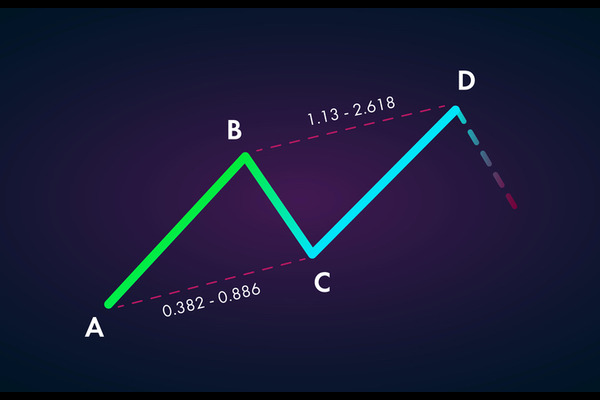What are the positions and points in foreign exchange?
2023-08-01
 Summary:
Summary:
In foreign exchange trading, position and point are two key concepts. The position reflects the level of investment of the trader in the transaction, and the size of the position can be determined based on the trader's risk tolerance and market conditions.
Positions and points in the foreign exchange market are important concepts
that traders pay attention to when conducting foreign exchange trading. A
position refers to the quantity or value of a currency held by a trader in the
market. It can be expressed as the amount of currency held by a trader at a
specific point in time or as the value of currency held by a trader at a
specific price level. The size of a position directly affects a trader's risk
tolerance and potential profitability.

The size of a position can be determined based on the trader's risk
tolerance, trading strategy, and market conditions. A larger position indicates
that the trader has invested more funds in the transaction, which may have a
greater impact on the profit and loss of the transaction.
There is also a term for a position that refers to how much of the total
account funds you are currently trading. Heavy position refers to having a
relatively large amount of funds; light position refers to having a relatively
small amount of funds; and clearance refers to closing orders around the
position.
A point is a price unit in the foreign exchange market, also known as a pip.
It is the smallest unit of change in the price of a currency in the foreign
exchange market. The size of the point depends on different currency pairs and
trading platforms; it is usually four or five digits after the Decimal
separator. Traders judge market trends and make trading decisions by observing
changes in point positions.
For example, for an EUR/USD currency pair, the change in one point is 0.0001.
If the price of a currency pair rises from 1.2500 to 1.2501, it means that the
price has risen by one point. The change in point position is very important for
foreign exchange traders as it determines the profit and loss of trading.
The changes in point positions can directly affect the profit and loss
situation of traders, so understanding and grasping point positions is a crucial
part of foreign exchange trading.
Positions and positions are commonly used concepts in foreign exchange
trading, and traders need to understand their meanings and functions. Reasonable
control of position size and sensitivity to point changes can help traders make
wiser decisions in the foreign exchange market and manage their trading
risks.
Disclaimer: Investment involves risk. The content of this article is not an investment advice and does not constitute any offer or solicitation to offer or recommendation of any investment product.







